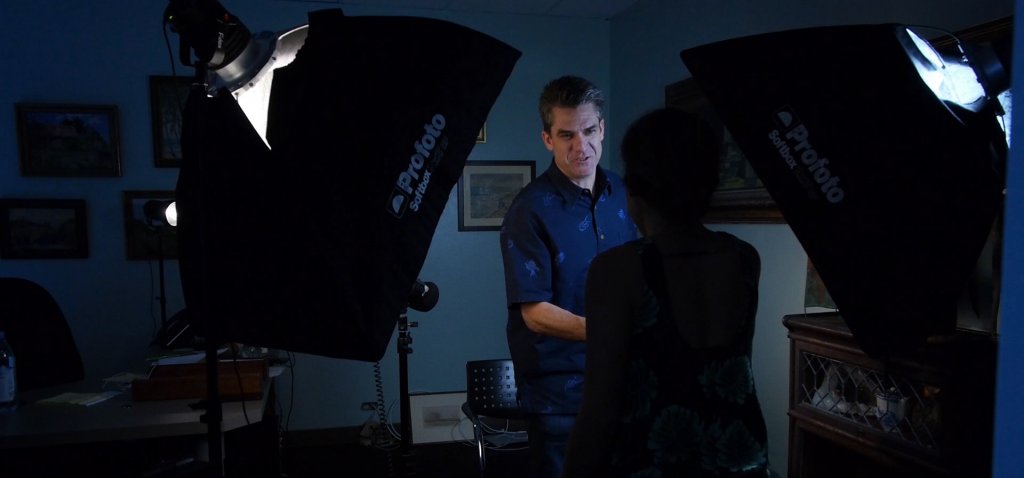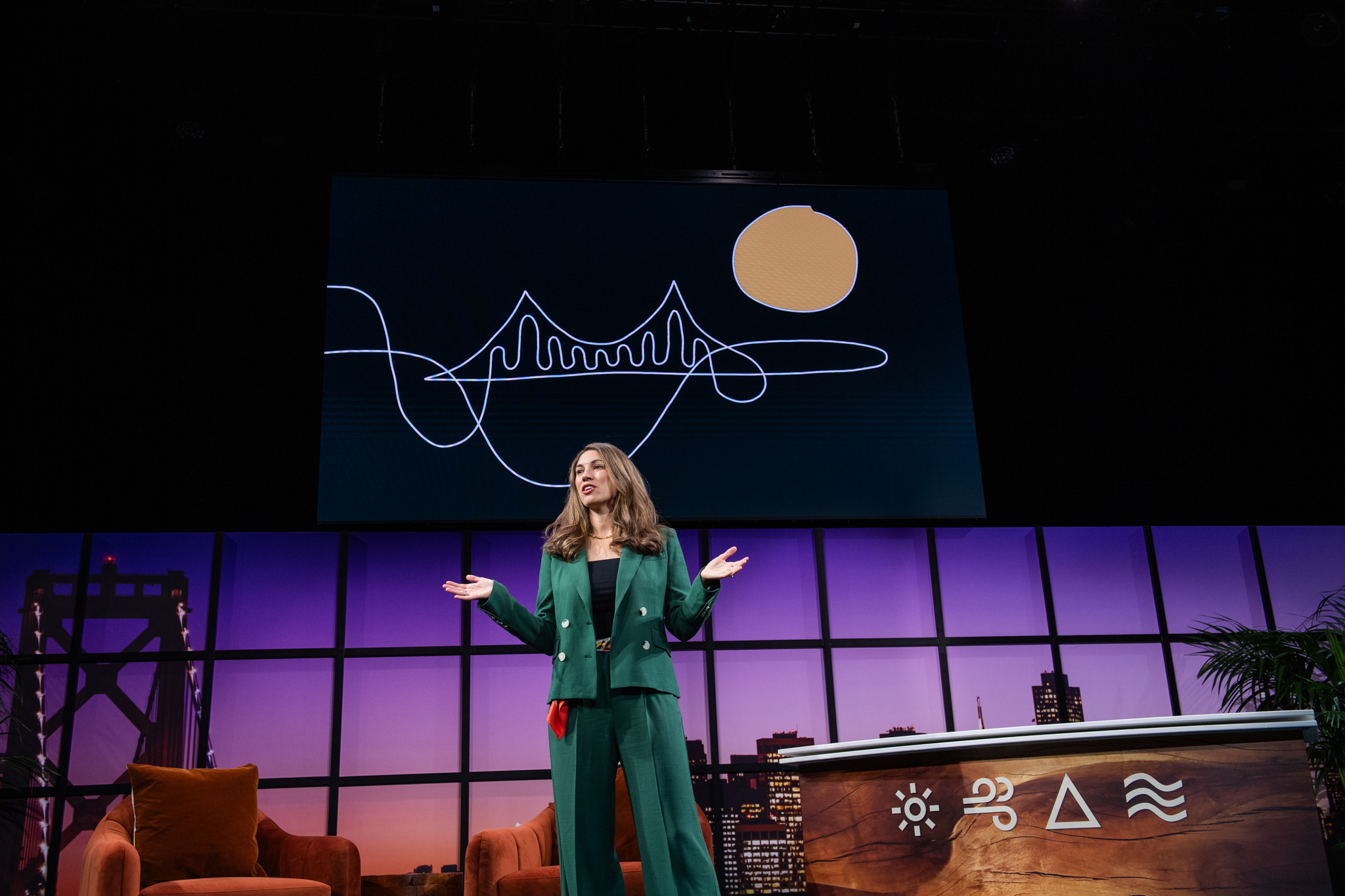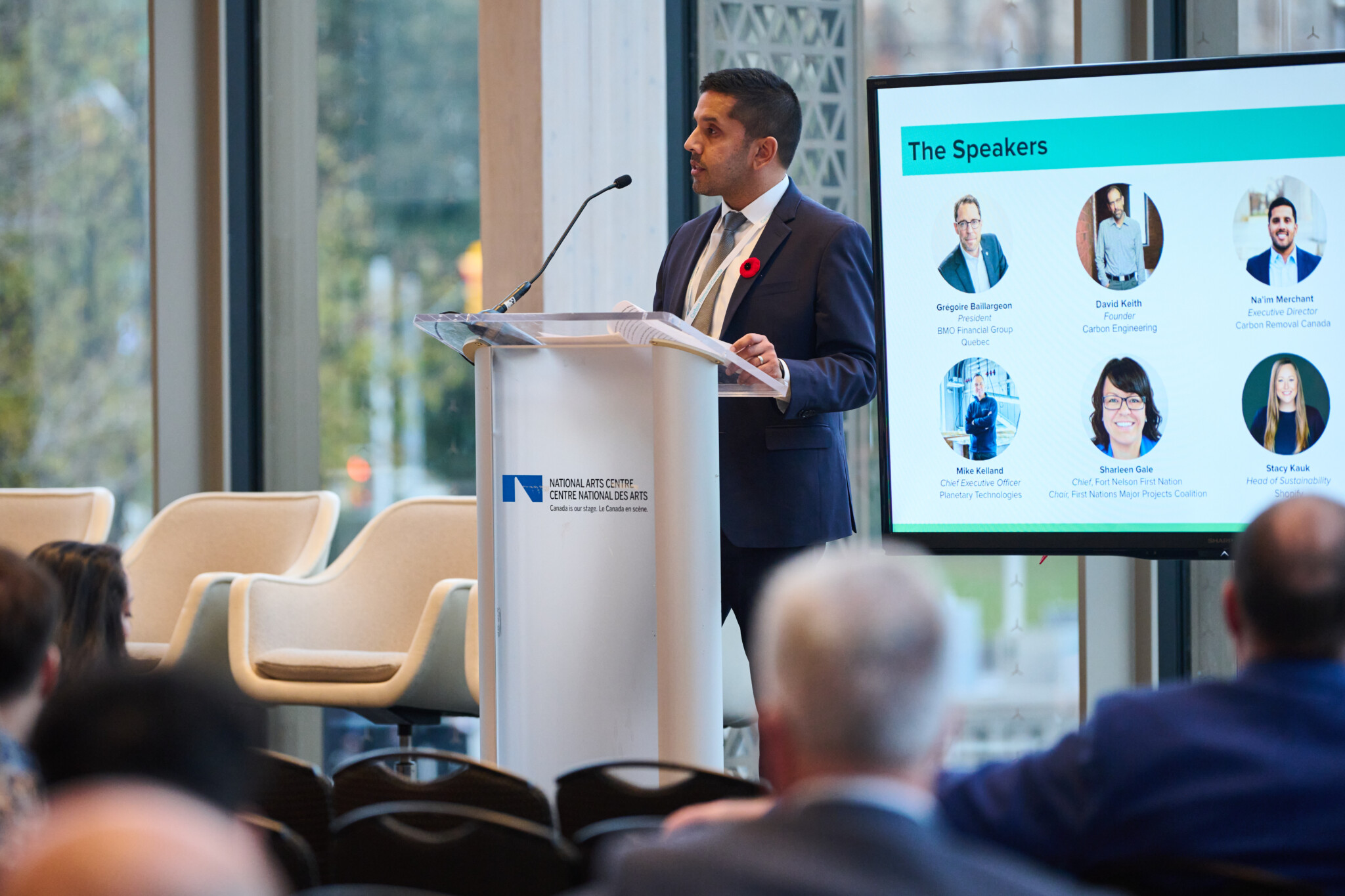
5-MINUTE READ BY LAUREN TONOKAWA & RYAN KUSHNER
Ibis Networks was in the very first Energy Excelerator Go-to-market cohort in 2013, before making the leap to our Demonstration Track in 2014. Since then, the company has grown to deploy thousands of controllable energy-saving plugs (Intelisockets), raised millions in follow-on funding, tripled its staff, and now leads the field.
Being in the middle of applications (they close July 1st!) and shaping the program for next year, we took a look back at some of our going-in hypotheses and matched them to how things actually played out. Here are the results:
Lesson 1: Startups can make significant progress in a week.
Unlike our more app-focused tech counterparts, Y-Combinator and TechStars, which require months of in-person engagement and relocation, our Go-to-market companies convene as a cohort three times over our 8-month program for one-week intervals – two weeks in Hawaii and one in the Bay Area. Think of a series of clean energy CEO summits, and you’re not far off. Each period is designed to be brief but dive deep into customer discovery. After a cross-country roadtrip of interviews with top accelerators, investors, and entrepreneurs by our co-founders Dawn and Jill, this structure was chosen to minimally disrupt day-to-day operations. But, could meaningful progress really be made in just a week? Yes.
Ibis Networks arrived at Kickoff Week with a technology that had been vetted for the U.S. military, a new CEO with venture and startup experience, and a focused set of questions around their business model and go-to-market strategy. With a balance of mentor and peer-to-peer feedback, the leadership team walked out with a revised business model, modified go-to-market strategy and a set of investor and customer contacts for further vetting. “Being able to immerse myself in a week-long program and receive external input from mentors and fellow cohort CEOs was a tremendous experience. We became a family and beat each other up in a healthy way. This is something you can’t get anywhere else,” said CEO Michael Pfeffer, who was named the 2014 HVCA Cleantech Entrepreneur of the Year.
Lesson 2: The value of Energy Excelerator can be more than the face value of its funding.
In addition to the high-touch nature of our program (it’s not an understatement to say that we have Michael and the rest of the Ibis team on speed dial…and vice versa), Energy Excelerator also provides significant funding, $75,000 for Go-to-market and up to $1,000,000 for Demonstration Track companies.
But is that it? Just a bump on the balance sheet? Not in the slightest. We’ve seen companies take the value of our investment and stretch and leverage those dollars many times over. In the last four years, we’ve helped our portfolio companies leverage $15M of our funding to raise over $240M of follow-on investment.
Ibis used our funding (which comes from the DOE and DOD amongst others) in two ways:
1. As a big stamp of approval, which helped them go on to raise their Seed and Series A round of financing
2. To help manufacture 1000+ Intelisockets and build out a new rev of their software, incorporating customer feedback from recent pilot projects.
Lesson 3: To Create and Capture Maximum Value, Build An Ecosystem To Support Companies As They Grow
Looking at other programs, our co-founders concluded that clean energy is a different bird than “app tech” – higher potential for impact and longer timelines. How did we address these differences? By dividing the program into two tracks: Go-to-market Track (requires a working prototype) and Demonstration (existing customer base, but looking for a transformative demo project with customers). This way, the program could support and provide continuous value to companies as they grow, change, and mature.
Would this work? Would the same companies that start in the Go-to-market Track graduate into Demonstration? Yes, this is true in many cases. 6 of our 42 portfolio companies have completed the Go-to-market Track and moved on to Demonstration, meaning that about 30% of our companies have done the double EEx track.
Why was Ibis chosen for the subsequent Demonstration Track? In the span of 3-5 months, Ibis Networks demonstrated market pull. They launched pilots with the University of Hawaii at Hilo, Windward Community College, and the Hawaii Department of Education (which they later scaled up from dozens of Intelisockets to hundreds of Intelisockets) and raised a seed round of funding. This solidified our confidence in their team to execute.
Ibis’ are fast!
To give you an idea of how quickly Ibis is moving, here’s a rough timeline of their journey thus far. One recent highlight, signing a distribution deal with Honeywell company Alterton!
February 2013 – Accepted into 2013 Go-to-market cohort and named the company Ibis Networks
April 2013 – Completed pilot project with Windward Community College
August 2013 – Applied to 2014 Demonstration cohort
November 2013 – Accepted into 2014 Demonstration cohort
2014 – Keiretsu Forum invests in Ibis Networks
March 2015 – Ulupono Initiative and Henk Rogers invests in Ibis Networks
May 2015 – Officially launched thousand-socket demonstration project with University of Hawaii and Hawaii Energy
March 2016 – Signed distribution deal with Honeywell company, Alerton




